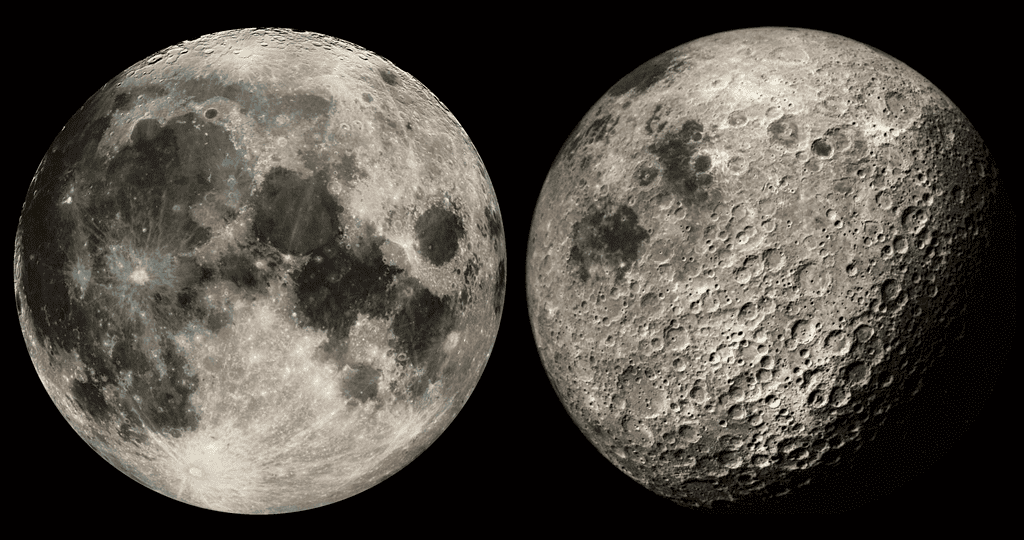
The moon has fascinated everyone from poets to scientists. We’ve all looked up at the moon in awe at least once, but our planet’s only natural satellite is probably more fascinating than you realize. Here are just some facts about the moon that make our mesmerizing cosmic companion very special.
The moon was formed from a major collision
Scientists have proposed several hypotheses about how the moon formed, but the general consensus now is that the moon was formed through a major collision.

It’s a tale of cataclysmic proportions, set in motion more than 4.5 billion years ago. Picture the young Earth, still a hot and molten sphere cooling down. Suddenly, an object about the size of Mars—dubbed Theia—crashes into it. The violent impact sends a tremendous amount of debris into space.
This would have happened just 60-175 million years after the solar system was born, as indicated by rocks both on Earth and on the moon. Exactly how the moon formed after this collision is still a matter of debate among researchers, but according to some simulations, the moon could have been formed mere hours after the impact.
It takes light around 1.3 seconds to get to the moon from Earth
The moon is farther away than most people think. Sure, we’ve sent people there, but it took a long time. Light, of course, is very fast — that’s why it takes less than 2 seconds for the light to get from the moon to the Earth. But the distance between the moon and the Earth is still around 250,000 miles, or 400,000 kilometers. The distance is just enough to fit the rest of the planets in our solar system in between.
While light can zoom from the moon to the Earth, the 1969 Apollo 11 Moon-landing mission with astronauts Neil Armstrong, Buzz Aldrin, and Michael Collins took 75 hours and 49 minutes. That’s just over three days.
The moon is Earth’s chemical twin — but it’s smaller
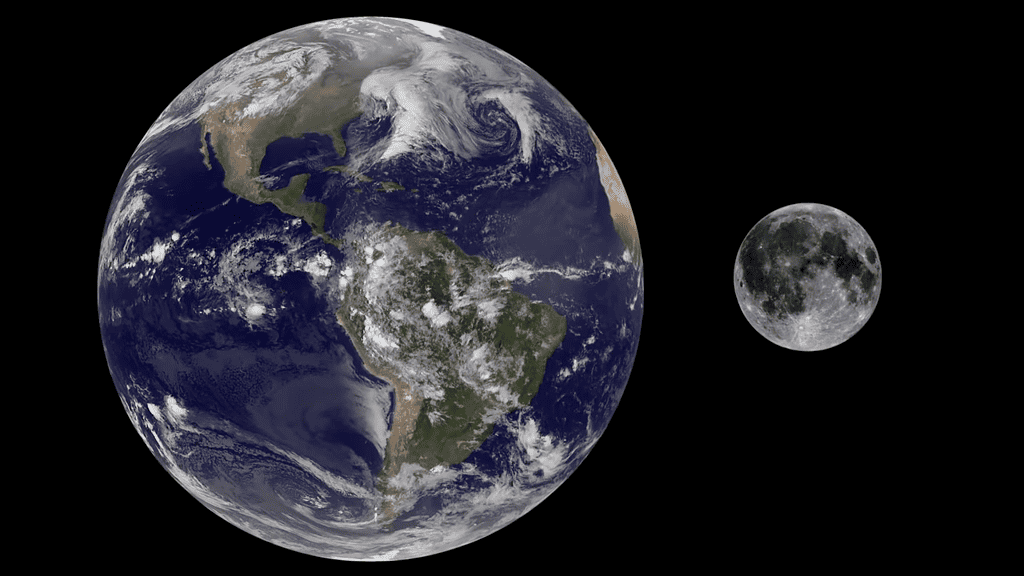
Remember how we said the moon probably formed due to an impact between the Earth and another body? Well, good evidence for that comes from the fact that the chemistry of the Earth and the moon are very similar. The isotopic composition of lunar and Earth rocks are almost identical for every element that has been analyzed.
However, the moon’s diameter is way smaller than that of the Earth. As a result, despite being similar from a chemical standpoint, they have a different mass and consequently, a different gravitational pull.
Earth | Moon | |
|---|---|---|
| Diameter (km) | 12,742 | 3,475 |
| Volume (10^9 km³) | 1,083.21 | 21.9 |
| Mass (10^24 kg) | 5.97 | 0.073 |
| Gravitational pull (m/s²) | 9.8 | 1.62 |
| Surface area (10^6 km²) | 510 | 38 |
| Orbit period (days) | 365.24 | 27.32 |
| Average temperature (°C) | 14 | Varies from -173 to 127 |
| Number of natural satellites (moons) | 1 | 0 |
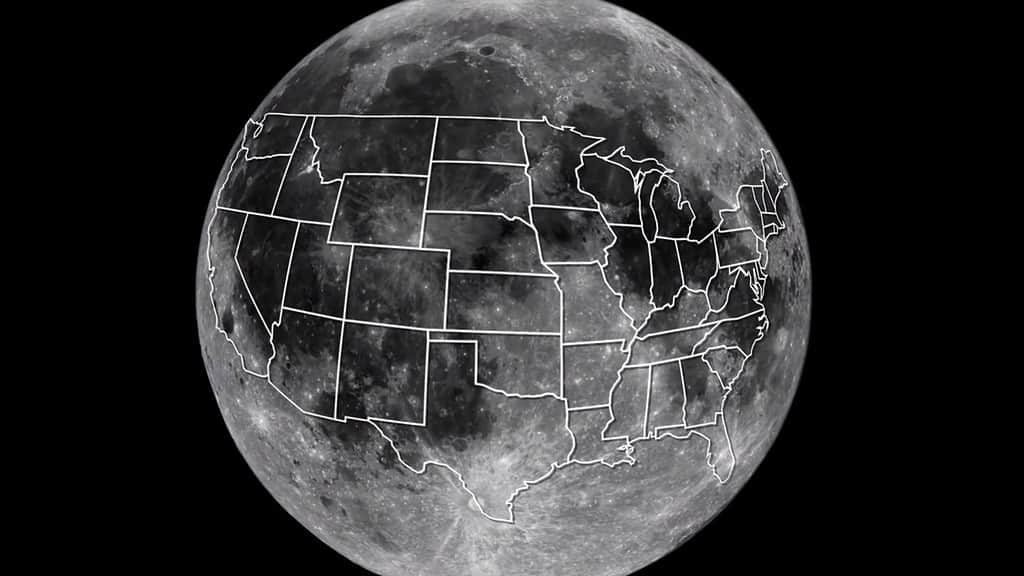
Moon geography: the moon is riddled with large mountains and valleys
Just one glance at the moon and you can probably tell it has some pretty intriguing landscapes. While the mountains on the moon are smaller than the largest ones on Earth (and just small enough so that you can’t see them with the naked eye) they’re still pretty impressive.
Mons Huygens is the Moon’s tallest mountain. Its height is 18,046 ft, or almost 5,480 meters. For a satellite that’s relatively small, that’s still pretty impressive. But the moon’s mountains are much more ancient than those on Earth. The moon has no active tectonics like the Earth, so it’s not forming any mountains now. Instead, the moon’s mountains are the result of major impacts in the moon’s early life.
It gets even more interesting: the moon also has valleys, but it doesn’t have water — so what made the valleys? Geologists suspect that the moon’s valleys were formed when the moon was still geologically active, and these valleys were made by flowing lava. However, some could be collapsed lava tubes or even geological faults.
The moon has no atmosphere — and a lot of craters
When you gaze up at the moon, you’re met with a landscape dramatically different from our own. It’s a world of mountains, valleys, and craters. The moon has way more visible craters than the Earth because unlike our fortunate planet, it doesn’t have an atmosphere to protect it (or to be more precise, it has a very thin atmosphere). Any bodies entering the Earth’s atmosphere are heated by friction and usually burn up or break into smaller pieces.
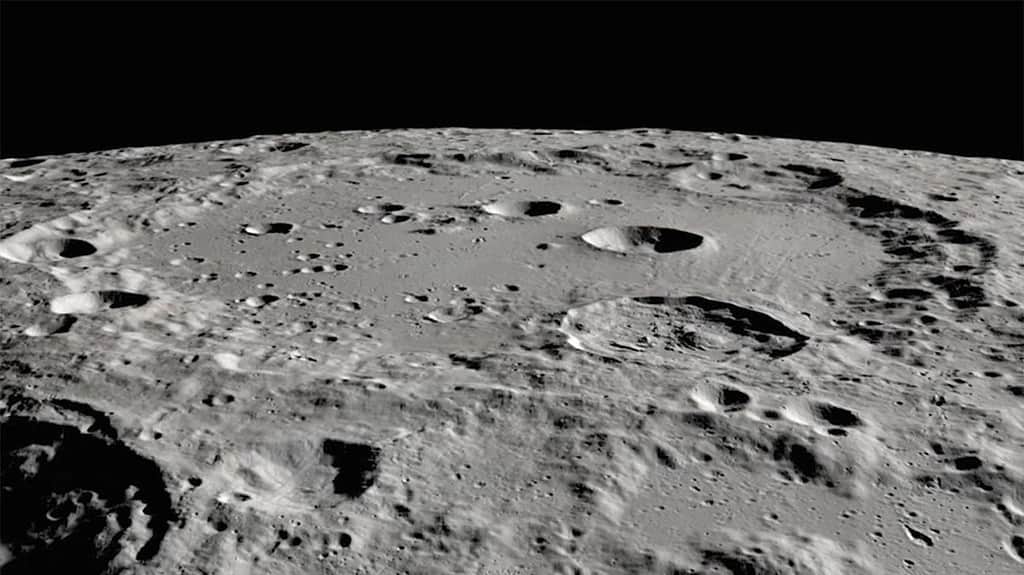
The largest crater on the moon is a whopping 2,500 kilometers across, or equivalent to the distance between London and Istanbul.
Moon | Earth | |
|---|---|---|
| Largest crater | South Pole-Aitken Basin | Vredefort Crater |
| Diameter (km) | 2,500 | 300 |
| Age (million years) | 4,000 | 2,020 |
| Location | Lunar South Pole | Free State, South Africa |
| Impactor size (estimated km) | Unknown | 10-15 |
We often think the moon is bright or reflective but it absorbs 93% of the light that hits it
The reflectivity of the moon is comparable to that of fresh asphalt, and that’s largely because of the rocks on the surface of the moon.
Almost all the rocks on the surface of the moon are igneous, formed through the cooling of lava and magma. There are two dominant types of rock:
- basalt, commonly found in the darker parts of the moon, or the maria;
- anorthosite, which is lighter colored.
Neither of these is good at reflecting light.
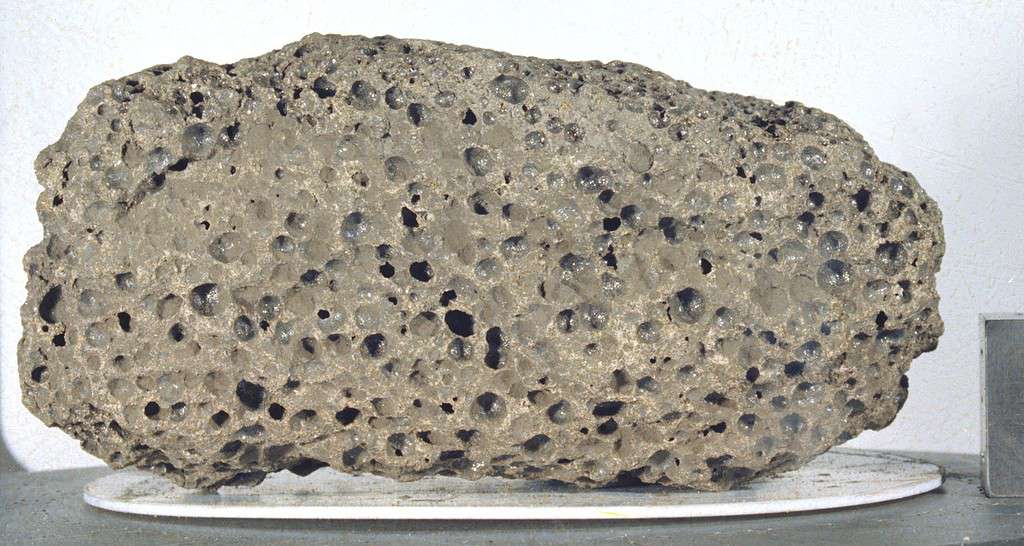
The moon doesn’t just cause tides, it also makes the Earth days longer
We all know that gravitational attraction from the moon makes the oceans swell up and fall down to cause high tide and low tide. But this tidal force is also slowing down the rotation of the Earth, essentially making the days longer.
It’s not by much, though. Every century, this adds around 2.3 milliseconds to the length of each day. That’s 2.3 seconds in 100,000 years, and 2,300 seconds (or under 40 minutes) in 100 million years. When the dinosaurs emerged some 230 million years ago, their day was under 22 hours long.
Moonquakes
When astronauts placed seismometers on the moon in 1969, they were surprised to detect significant temblors. Moonquakes, the lunar equivalent of the earthquakes, are much weaker, but they can last for up to an hour because the vibrations are not attenuated as fast as on Earth.
There are at least four kinds of moonquake:
- Deep moonquakes (~700 km below the surface, probably tidal in origin)
- Meteorite impact vibrations
- Thermal moonquakes (the frigid lunar crust expands when sunlight returns after the two-week lunar night)
- Shallow moonquakes (50–220 kilometers below the surface)
The first three are typically very light, but shallow can be serious, with magnitudes of up to 5.5.
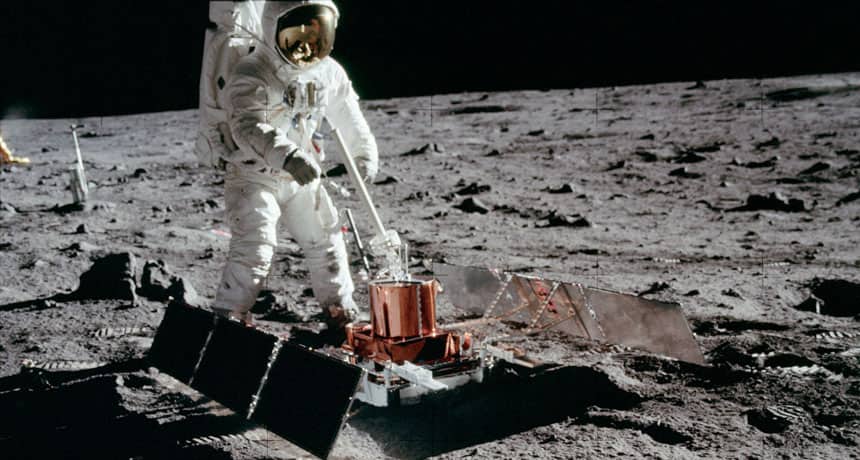
The moon is drifting away and it’s not entirely clear why
Possibly annoyed by the fact that we keep sending astronauts and sensors its way, the moon is drifting away from the Earth at a rate of 3.8 cm per year. But researchers suspect that this didn’t always happen and could be the result of cyclical climatic changes called Milankovitch cycles.
The moon is tidally locked to Earth
There is no ‘dark side of the moon’, but there is a far side of the moon, from our perspective as earthlings. That’s because, like dancers facing their partners, the moon always faces the Earth the same way. It’s not because the moon doesn’t rotate, but rather because the time it takes to spin on its axis is exactly the time it requires to complete its monthly orbit around Earth.
This seems like a pretty damned weird coincidence, but it’s apparently very common. In fact, all the larger moons in our solar systems are tidally locked.
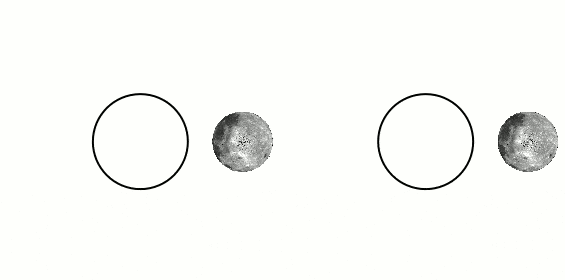
The processes that cause tidal locking are pretty complex and not perfectly understood, but the main idea is that under certain conditions, the planet deforms the satellite into an oval shape. As the satellite is rotating, the longer axis moves away from the planet and is pulled back by gravity, thus slowing the rotation. The rotation is slowed down more and more until one face is permanently facing the planet.
There’s ice on the moon
This one is much more bizarre than it sounds. In the late 1990s, a series of studies and observations confirmed that some areas of the moon have solid ice. How could this be? The moon has almost no atmosphere so anything on the surface is exposed directly to vacuum. If this happened to solid ice, it would sublime directly into vapor (instead of melting into water) and would escape the moon’s gravity.
The only possible way through which ice can exist is in permanently shadowed areas on the moon.
Over the course of the lunar day (the equivalent of an Earth month), all regions of the moon are exposed to sunlight. This means that ice, as far as we know it, can only exist in the hidden areas around rims and crater edges that are always shadowed.
The moon is still the only extraterrestrial place humans have landed on
The Apollo missions yielded an unprecedented wealth of knowledge about our nearest celestial neighbor. The lunar samples collected by the astronauts – a total of 382 kg (842 pounds) of lunar rocks, core samples, pebbles, sand and dust – have been invaluable for understanding the moon’s composition and geology, as well as providing insights into the solar system’s history.
But the last crewed mission to the Moon was Apollo 17, in December 1972.
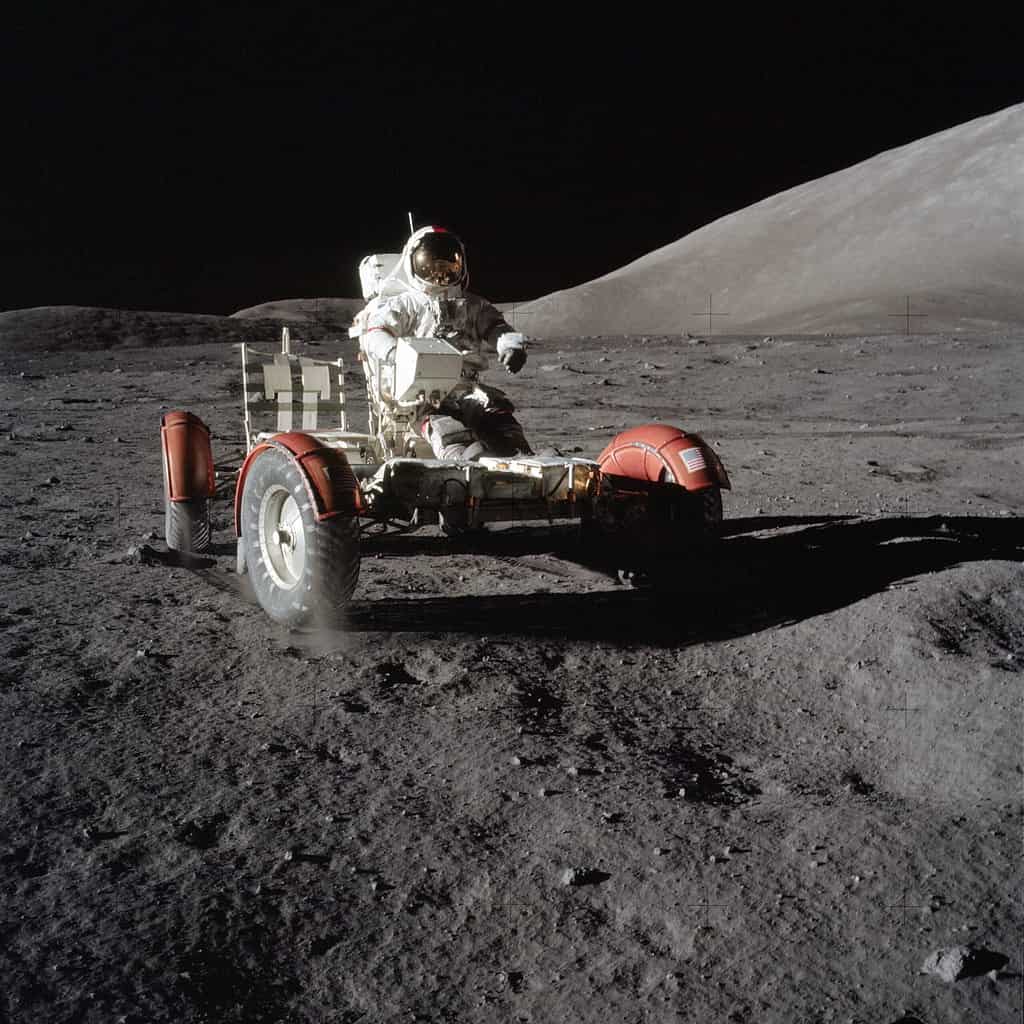
Today, nearly half a century after the last human left his footprint on the lunar surface, we stand on the cusp of a new era of lunar exploration. Both public and private entities, motivated by scientific curiosity and the prospect of exploiting lunar resources, are gearing up to return to the moon.
NASA’s Artemis program, with its ambitious goal of landing “the first woman and the next man” on the moon by 2024, is leading the charge. The program aims to establish a sustainable human presence on the moon by the late 2020s as a stepping-stone for future Mars missions.
Even as we set our sights beyond the moon — on Mars and other destinations in the solar system — our silvery satellite continues to captivate us. The moon is our gateway to the cosmos, a stepping-stone to the stars. It’s a reminder of our past and a beacon guiding us into the future.






